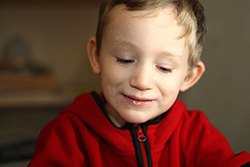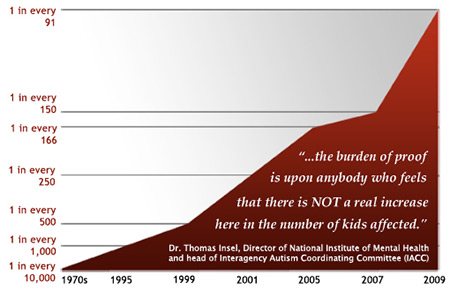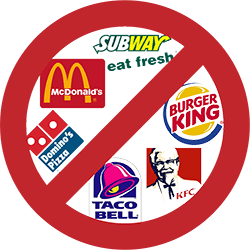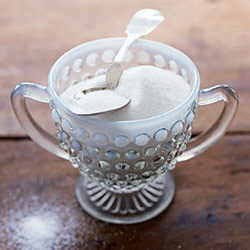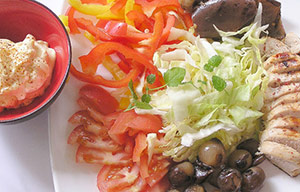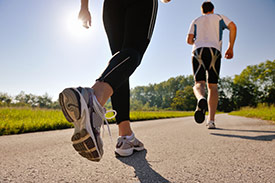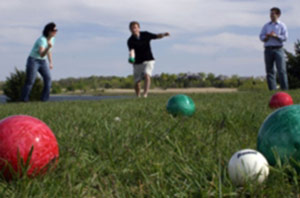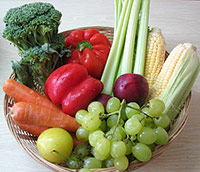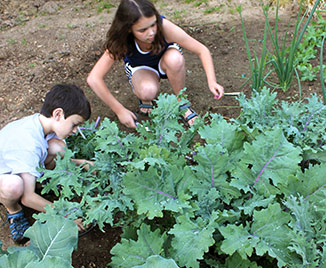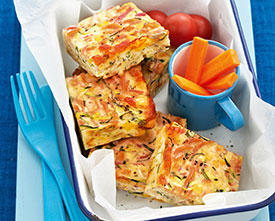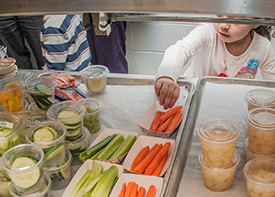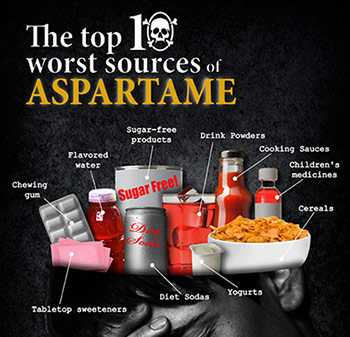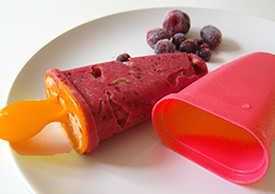In my practice of homeopathy with CEASE therapy, nothing is
more satisfying than watching a child with ASD begin to speak and interact with
his world. The excitement in the parents’ eyes is palpable, the love and caring
surface without restraint. Whether the
cause is from vaccines, the environment, or another form of overload or
misfiring in the gut or brain, the road back to their families is gratifying.
The world today has many dangerous avenues which we may take. Although it has always been my particular curiosity to read research and
articles on health, not many people have the time or energy to spend on subjects
not germane to their world. But once you fall into that world, it’s too late.
Such is the case with autism. So many parents say ‘I wish I’d known the risks.’
But all is not lost with these precious bodies. The sooner the child is
diagnosed and the work begins, the sooner he (or she) can begin the journey of
catching up to his (or her) peers.
Often the first step will be to detox, then clean up the diet, and for
each child, the steps may be different. I remember a family that came in
together, with the younger of 2 sons having ASD. At the second visit, which I
was disappointed to see, the child hadn’t progressed at the rate I expected. I
asked the mother and father, ‘Has he been following the diet (no dairy or
wheat)?’ The mother insisted, yes, he was, she was very careful. The older son
pipes up, ‘Mom, you took him to Chuckie Cheese yesterday!’ It can seem like a
reward to the parent, but to the child, it can cause enormous backsliding. Always keep the goal in mind; what is the
trade off? One father said the goal was to have his son run into his arms when
he came home from work, something he’d always envisioned before his son was
born. After his second visit, this particular event made his day, week, month,
and year. It brought tears to his eyes to tell it.
For those with children that refuse healthy food before the
detox has begun, I’ve heard an analogy that I absolutely love; it’s like a
stopped up sink. If you put in good food, it’s still not going anywhere. You
have to unplug the drain and get the child’s emunctory organs working again
before you start working on any other area. Otherwise, you are pouring wasted
resources into your child. We often don’t understand his choices, but in light
of the fact our bodies are so adept at healing themselves, we need to trust they
are choosing what is right for them, at that moment. Almost without exception,
children that refuse healthy food, once their elimination system is working
properly, slowly expand their food choices. You can trust they will want what
is best for them, at that moment. Of
course, you must offer them these options. The most common one I hear is that
the child will take food from a parent or sibling’s plate once they are ready
for it. Offering choices can be a wonderful way to empower the child to
experience what happens when they eat a particular food. In much the same way
our bodies produce the enzymes we need to digest the food we are about to eat through seeing the food in front of us, the
child will choose the food needed.
Once a child starts detoxing, they may experience what may
appear to be a regression. Often this can be the child picking up growth from
where it stopped. The child that enters the spectrum at age 2, and is now age
6, will reenter the family at age 2. This may seem logical, but when your child
starts acting like he’s 2 again, it can be confusing. As a CEASE therapist,
I’ve seen this happen often. They progress so quickly, though, it is not a
concern, and passing through social and physical gates can be very rapid.
 |
| Hopefully overindulgence isn't the problem! |
With parents, we need to remember what the goal will entail;
the child will return to a normal life, whatever that may be. The parents, or
caregivers, must realize that what defined their lives up to the point the
child starts healing, will change dramatically. It is helpful for the parents to imagine what
their lives will be like once they no longer have duties they’ve done for so
many years. It can make a parent, especially a mother, feel useless!
Vaccines may not be the only answer to ASD, and I don’t think they
are, but I believe they are the biggest reason ASD has been so pervasive.
Hiding our heads in the sand and denying research does not get us anywhere.
Let’s explore together why our children are having such difficulties, and make
them whole.





















